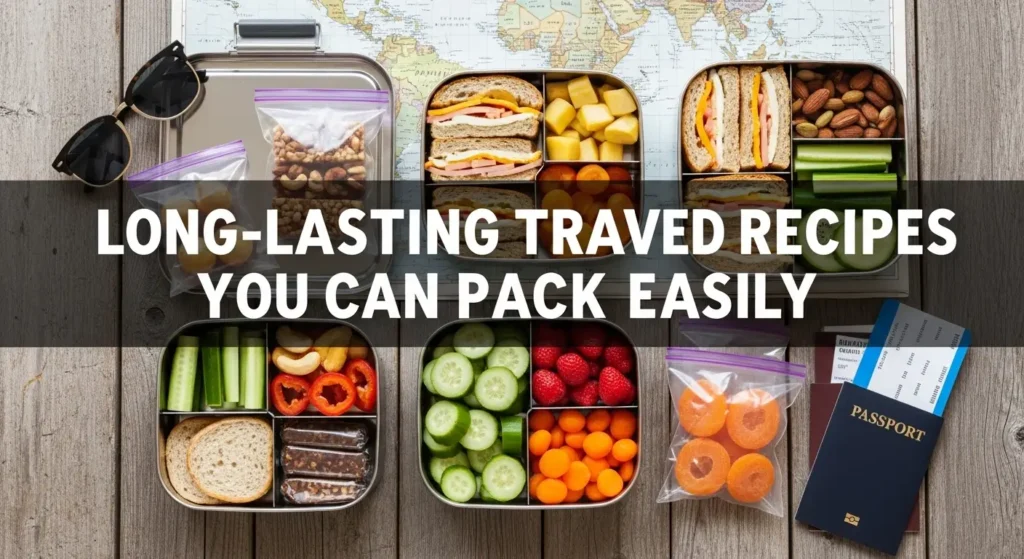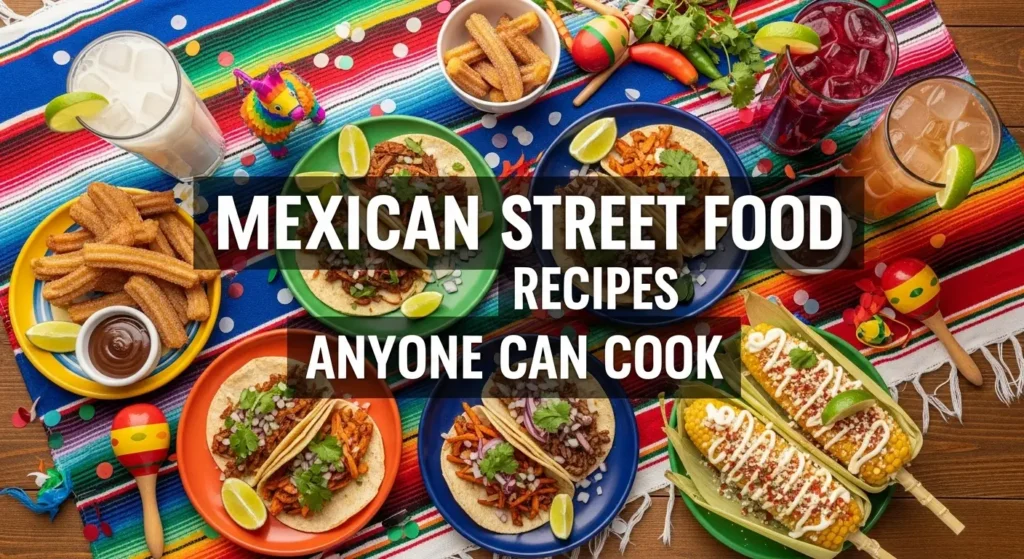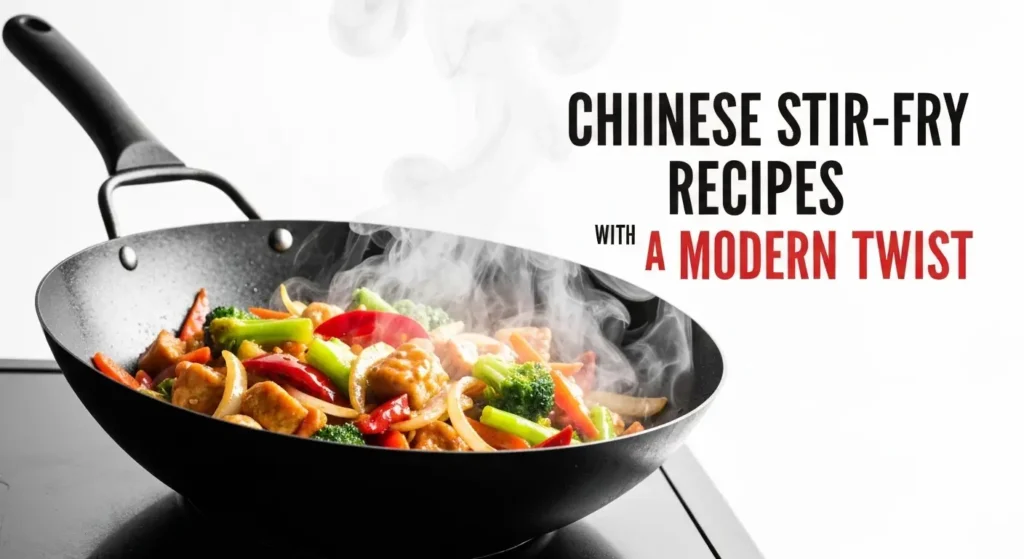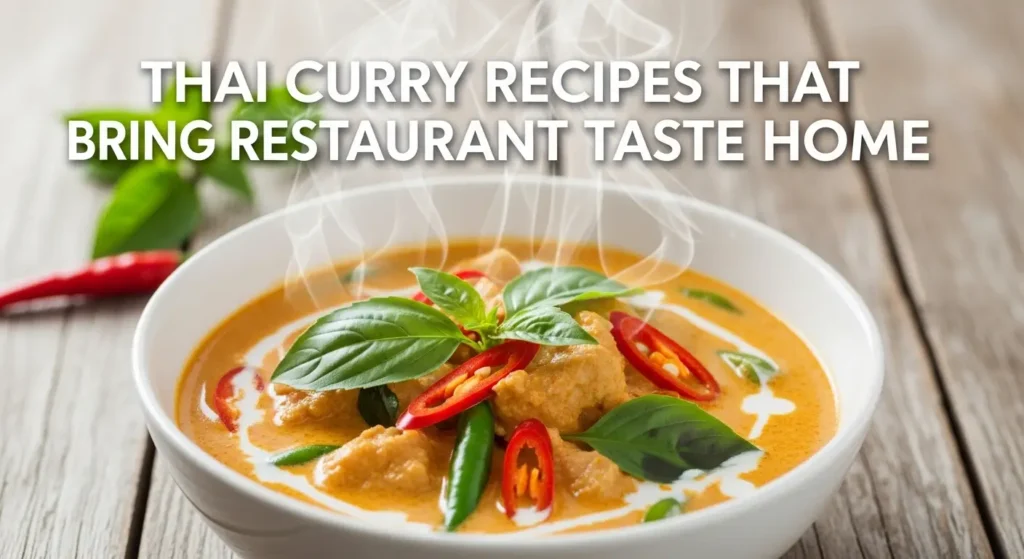If there’s one dish that instantly makes people think of Indian cuisine, it’s curry. Rich, aromatic, and bursting with flavor, Indian curries have won hearts across the globe. But many beginners hesitate to try making them at home, assuming they’re complicated or require hard-to-find spices.
Here’s the good news: authentic Indian curry recipes can be simple, approachable, and incredibly rewarding to cook. Whether you’re craving a classic chicken curry, a vegetarian chickpea masala, or a creamy dal, this guide will walk you through easy steps, essential ingredients, and foolproof recipes.
By the end of this article, you’ll feel confident to bring the taste of India into your kitchen.
What Makes an Indian Curry Authentic?
Indian curry is not a single dish—it’s a world of flavors. The term “curry” is actually a Western adaptation of the Tamil word “kari,” which means sauce. Authentic Indian curries vary by region, ingredients, and cooking style.
Key Features of Authentic Curries
- Spice balance: Unlike the stereotype, not all curries are overly spicy. Authentic curries focus on balance—sweet, savory, tangy, and spicy flavors.
- Use of aromatics: Onion, ginger, and garlic form the backbone of most curries.
- Regional diversity: North India loves creamy, tomato-based gravies, while South India features coconut milk, tamarind, and mustard seeds.
- Slow cooking: Many traditional curries are simmered for longer periods, letting spices blend beautifully.
Authenticity isn’t about following a rigid rulebook—it’s about respecting the ingredients, flavors, and traditions.
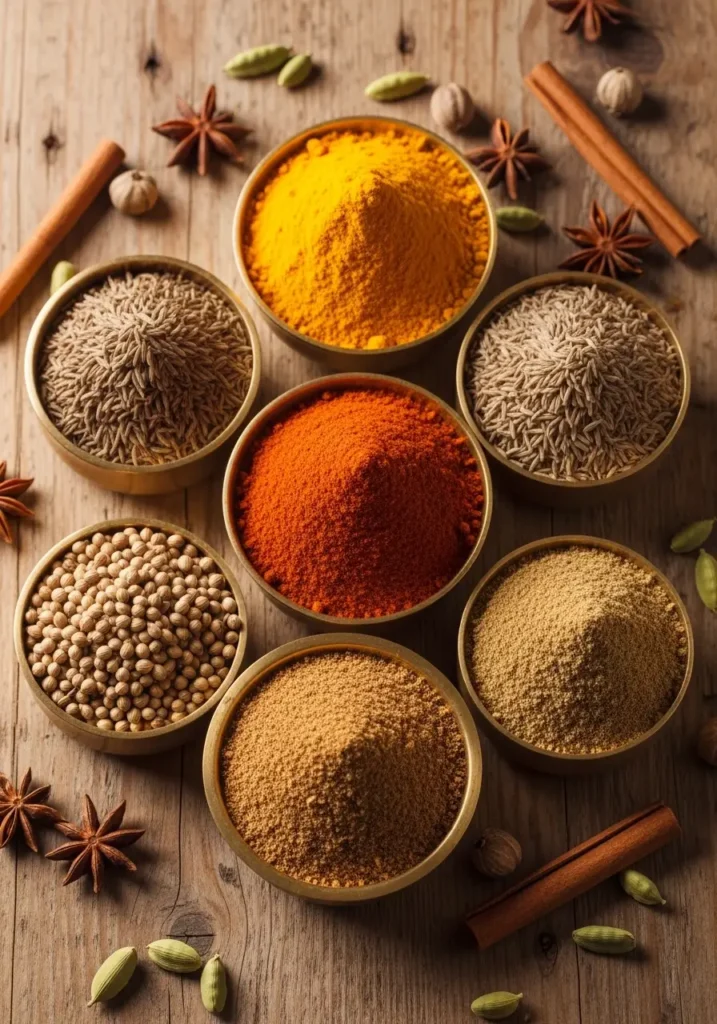
Essential Ingredients for Indian Curry Recipes
Before you start, stock up on some pantry staples that make cooking Indian curry much easier.
Core Spices
- Turmeric: Adds golden color and earthy flavor.
- Cumin: Used whole (tempered in oil) or ground for depth.
- Coriander powder: Mildly citrusy and nutty.
- Garam masala: A blend of warming spices like cinnamon, cardamom, and cloves.
- Chili powder: Adjust for heat preference.
Other Essentials
- Onions, tomatoes, garlic, ginger: Curry’s base flavors.
- Fresh herbs: Cilantro or curry leaves (especially in South Indian dishes).
- Dairy or coconut: Yogurt, cream, or coconut milk enrich gravies.
- Lentils and beans: For vegetarian curries.
With these, you can create dozens of variations without needing an overwhelming spice rack.
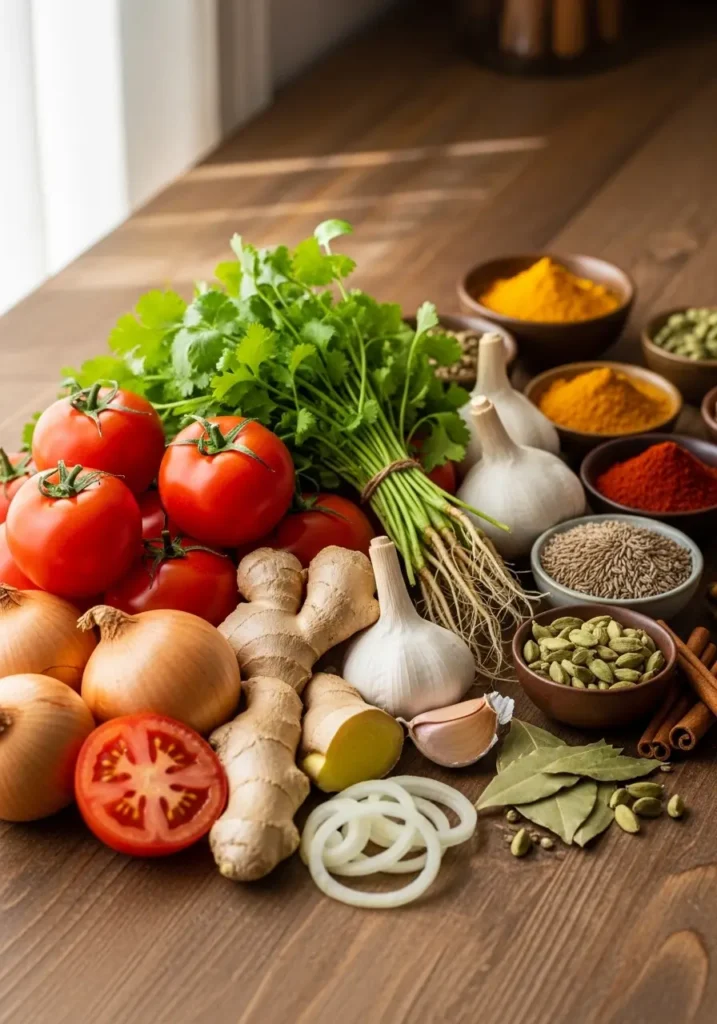
Simple Indian Curry Recipes You Can Try
Let’s dive into some authentic yet beginner-friendly recipes you can make at home.
1. Classic Chicken Curry
Ingredients:
- 500g chicken (bone-in or boneless)
- 2 onions, finely chopped
- 2 tomatoes, pureed
- 1 tbsp ginger-garlic paste
- 1 tsp turmeric, 1 tsp chili powder, 2 tsp coriander powder
- 1 tsp garam masala
- 2 tbsp oil or ghee
- Fresh cilantro for garnish
Instructions:
Also Read: Easy Mediterranean Chickpea Salad Recipes for Beginners
- Heat oil, sauté onions until golden.
- Add ginger-garlic paste and cook until aromatic.
- Stir in spices and tomato puree. Cook until oil separates.
- Add chicken and coat well in masala.
- Add 1 cup water, cover, and simmer until chicken is tender.
- Garnish with cilantro.
This curry pairs perfectly with steamed rice or roti.
2. Paneer Butter Masala (Vegetarian Favorite)
Creamy, mildly spiced, and restaurant-style—this dish is a crowd-pleaser.
Quick Tip: Use cashew paste for richness instead of heavy cream if you want a healthier version.
3. South Indian Coconut Curry
Fragrant with curry leaves, mustard seeds, and coconut milk, this curry works with vegetables, fish, or chicken.
Why it’s special: Unlike North Indian curries, this uses no cream or butter—just the natural sweetness of coconut milk.

Pro Tips for Making Curry Like a Pro
Even the simplest curry benefits from small tricks that bring out authentic flavor.
Cooking Tips
- Sauté onions slowly: Golden-brown onions add depth. Rushing this step makes curries taste raw.
- Toast spices: Briefly heating dry spices releases aroma.
- Don’t skip tempering: Adding mustard seeds, cumin, or curry leaves to hot oil transforms flavor.
- Control consistency: For thicker curry, reduce longer; for thinner, add stock or coconut milk.
Shortcut Hacks
- Use ready-made ginger-garlic paste for convenience.
- Try pre-blended garam masala instead of mixing spices each time.
- A pressure cooker or Instant Pot speeds up cooking without losing authenticity.
Regional Variations Worth Trying
Indian curry isn’t one-size-fits-all. Each region has its specialties.
North India
- Butter Chicken
- Rogan Josh
- Dal Makhani
South India
- Chettinad Chicken Curry
- Kerala Fish Curry
- Vegetable Kurma
West India
- Goan Prawn Curry (coconut and kokum-based)
- Gujarati Kadhi (yogurt and gram flour curry)
East India
- Bengali Fish Curry (mustard-based)
- Assamese Duck Curry
Exploring these will expand your curry repertoire while keeping things simple.
Easy Side Dishes to Serve with Curry
No curry is complete without its companions.
- Rice: Basmati rice, jeera rice, or lemon rice.
- Breads: Naan, roti, or paratha soak up gravies beautifully.
- Condiments: Mango pickle, raita (yogurt dip), and papad add variety.
These sides elevate your curry meal into a wholesome feast.
Also Read: Easy Italian Pasta Recipes for Beginners
Key Takeaways
- Authentic Indian curry recipes focus on balance, not just heat.
- Stock up on essential spices like turmeric, cumin, and garam masala.
- Start with simple recipes like chicken curry or paneer butter masala.
- Regional variations bring exciting diversity to your table.
- Pair curries with rice, breads, and condiments for a complete experience.
Frequently Asked Questions (FAQ)
1. Are Indian curries always spicy?
No. Authentic curries balance flavors—many are mild and creamy, especially those with coconut milk or dairy.
2. Can I make curry without garam masala?
Yes. While garam masala adds depth, you can use basic spices like cumin, coriander, and chili powder as substitutes.
3. How do I thicken a curry?
Simmer uncovered to reduce, add ground cashews, or stir in cream or yogurt.
4. What’s the best oil for Indian curries?
Traditionally, ghee (clarified butter) is used, but vegetable oil, sunflower oil, or coconut oil also work well.
5. Can I freeze homemade curry?
Absolutely. Most curries freeze well for up to 3 months. Store in airtight containers and thaw before reheating.
Conclusion
Authentic Indian curry recipes made simple are within everyone’s reach. With just a handful of spices, fresh ingredients, and easy techniques, you can create dishes that taste straight out of a traditional Indian kitchen.
So next time you crave something warm, comforting, and flavorful, skip the takeout. Roll up your sleeves, try these simple curries, and bring a little piece of India to your dining table.


